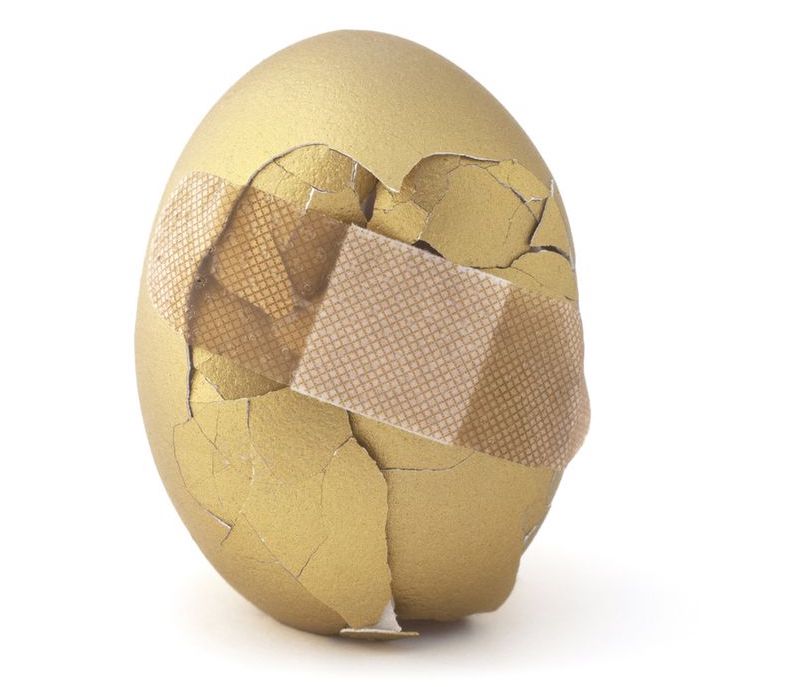Conservative Care vs Operative Care
The choice to operate—or not to operate—is a daily decision that all surgeons go through and that all injured patients face. At times, operative care can actually be more conservative than non-operative care, notably in cases where the injury is only going to get worse. Here are some of the typical choices our patients will face during this upcoming ski and winter sports season.

The swollen knee, after having a fall and hearing a pop. Our data shows that, when knee swelling occurs after an injury, there is a 90% chance that one of the key structures of the knee has been torn. If there is also a “pop” heard, the percentage is even higher. The torn tissue is the ACL or MCL (with or without surrounding tissues), meniscus, or articular cartilage. In athletic patients (we no longer say “younger” patients, as we see many 50-70-year olds who plan to ski into their older years with stable, athletic knees) it is considered more conservative to identify the torn structures with an exam, X-ray, and MRI, and repair them immediately, rather than wait for instability and arthritis to set in. Yes, a certain number of people will do “just fine” without ACL surgery—but their incidence of later-stage meniscus tears and degenerative arthritis is increased. The techniques for ACL, meniscus, and articular cartilage acute repair have now improved so much that dooming the knee to arthritis is surely not conservative care. We do use bioactive factors, growth factors, and the body’s own self-repair cells to augment our surgical repairs. Unfortunately, though, no amount of growth factors or cells have been shown to effectively repair significantly torn ACLs, menisci, or articular cartilage on their own. So, in my view, the risk to the joint of missing the early window for tissue repair is too high.
The painful shoulder from a fall is a common scene in the Monday clinic. The more acute injuries—dislocated shoulders—can only occur by tearing the labrum: the key stabilizer in the shoulder joint. While there is some debate about whether or not first-time dislocations should be repaired, the tissue is similar to that of the meniscus cartilage, in that it has poor intrinsic healing. We think an outpatient procedure—i.e., a couple of stitches in the labrum, followed by a well-defined shoulder rehab—is preferable to risking a repeat dislocation on a ski slope or in the surf.
Torn rotator cuffs present a different set of decisions. The tear patterns are diverse and patient responses to them equally variable. We see many partial tears that do extremely well without surgery. We now augment the healing with injections of bioactive factors, which recruit progenitor cells to the site of the tear. While we don’t yet have definitive data on the efficacy of this therapy, it does not appear to do any harm. Partial tears that don’t respond to non-operative care can be repaired at a later date. Complete rotator cuff tears also present a challenging set of decisions. While our intuition is that the complete tear should be repaired early, before the tissue scars and retracts; so many patients do well with cuff tears that guessing who will and who won’t benefit from repair is tough. For young patients, the decision is easier. The force needed to rupture a young rotator cuff is so high that the natural effective healing is probably not enough. So the younger the patient, the earlier we perform the repair. And for older patients? We often leave the choice up to them. Night pain and persisting weakness are usually the symptoms that drive them back into the office for repair.
Broken clavicles are repaired far more often today than in the past. The old days, when we let them heal on their own, left many people with weakness of the shoulder. A displaced clavicle presenting more than a 1.5 cm overlap and a 45-degree displacement often calls for a repair. We prefer not to use a plate and screws but instead to use our single intramedullary screw technique, which saves the patient from long, open incisions and painful hardware. In children —whose formative bodies remodel the broken bones to a normal alignment over time—we usually let the natural healing process occur without surgery.
Ankle injuries are usually twists and tears of the stabilizing ligaments. Most of these heal perfectly on their own. Those that don’t, require a repair. The science of ankle ligament repair has progressed to the point where small incisions and primary repair, even of old ligament tears, works quite well. When the articular cartilage is damaged, as with the knee, we prefer to perform an early repair using our articular cartilage paste graft technique. Twenty-five years of experience has shown that this technique effectively repairs the damaged areas, returning many people to full sports. Leaving these injuries to degrade is simply not, in our view, a conservative approach.
